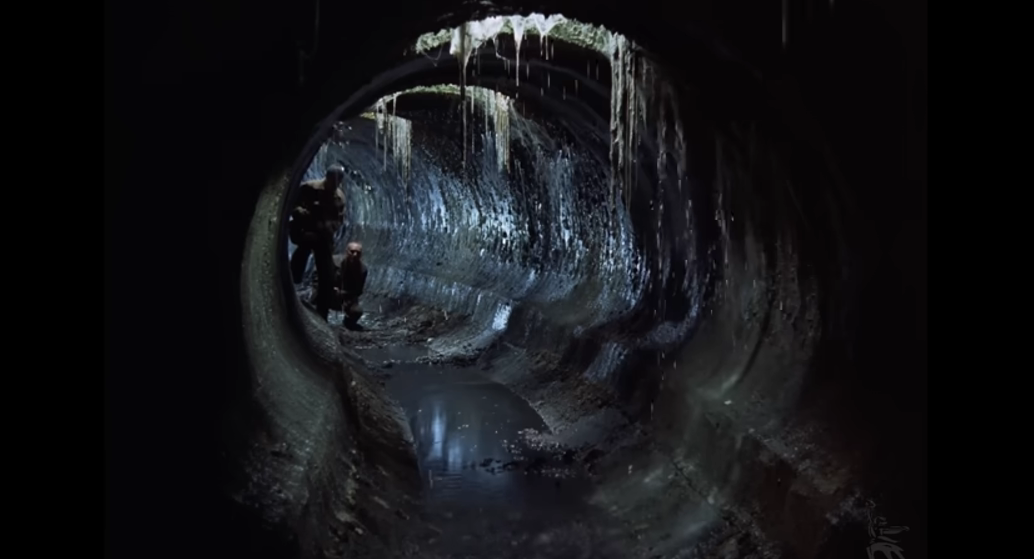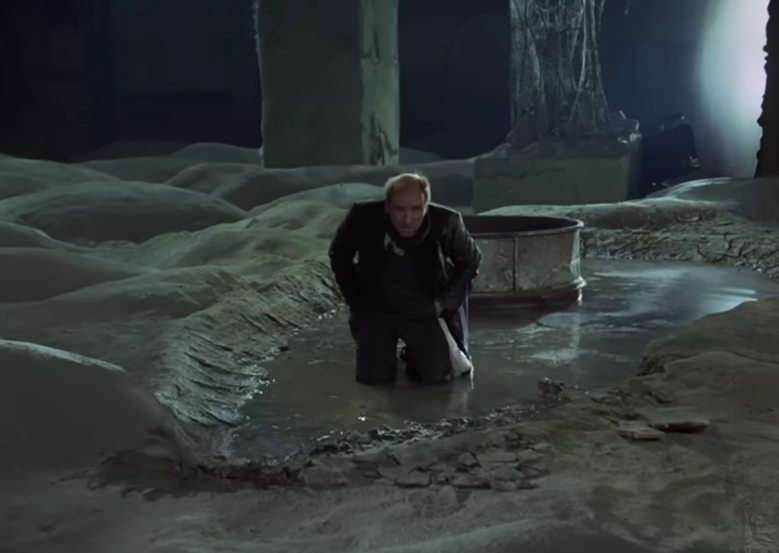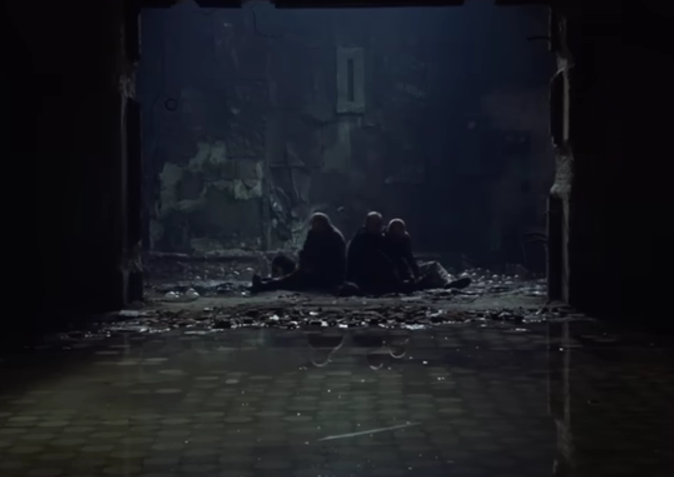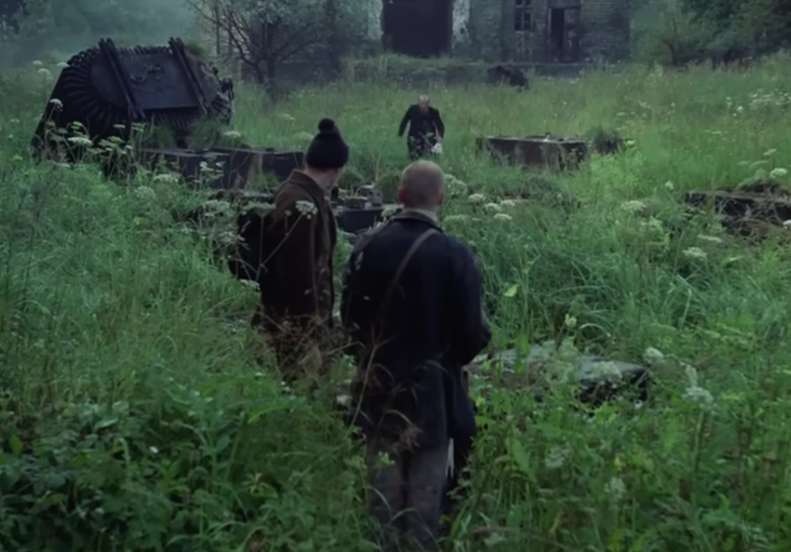A 100% Rotten Tomatoes Masterpiece Is Considered the Cause of the Tragic Tale of Its Director, Wife, and Star’s Deaths

© Mosfilm / YouTube
In 1979, a Soviet film called Stalker, directed by Andrei Tarkovsky, captured the world’s attention with its haunting story and breathtaking visuals.
The movie is a science fiction masterpiece that still earns praise today, holding a perfect 100% score on Rotten Tomatoes.
But behind its beauty lies a dark story that makes you wonder: was the price of this film too high?
The filming process may have led to the deaths of the director, his wife, and a leading actor.
A Dangerous Location

Stalker tells the story of a guide leading two men through a dangerous area called the Zone, a place full of mystery and risk.
To bring this vision to life, Tarkovsky chose to shoot in a real, run-down area in Estonia, near the Jägala River.
The location had an abandoned hydroelectric station, but there was a problem: a chemical plant upstream was dumping toxic waste into the river.
Crew members noticed strange things, like white foam floating on the water and snow falling in summer. Some women on the crew even got allergic reactions on their faces.
Sound recordist Vladimir Sharun later said he believed the toxic environment caused serious harm.

The production faced other troubles, too. The first year of filming was ruined when the film stock was improperly developed, forcing the team to reshoot everything.
This meant spending even more time in the dangerous location. Tarkovsky also had a heart attack during production, adding to the stress.
Despite these challenges, the crew pushed forward, unaware of the long-term risks.
A Tragic Outcome

Seven years after Stalker was released, Andrei Tarkovsky died of lung cancer in 1986 at age 54.
His wife, Larisa Tarkovskaya, who worked as an assistant director, and actor Anatoly Solonitsyn, who played the Writer, also died from the same type of lung cancer.
Sharun was convinced the chemical plant’s pollution was to blame. He pointed out that all three had the same rare cancer, which seemed too much of a coincidence.
However, no official study has confirmed the link between the filming location and their deaths. Some have even suggested wild theories, like the KGB targeting Tarkovsky for his anti-Soviet views, but these remain unproven.
The tragedy raises tough questions. Did Tarkovsky know the risks and choose to keep filming to create his art?
He believed strongly that art was worth great sacrifices, but could he have imagined the cost? Stalker is now seen as one of the greatest films ever made, but its legacy is bittersweet.
The Legacy of Stalker

Today, Stalker is celebrated for its deep themes and stunning visuals. It has inspired video games, books, and countless discussions about faith, desire, and human nature.
But the story of its creation serves as a warning about the dangers of unchecked industrial pollution and the lengths artists will go to for their work.
While we admire the film, we can’t forget the lives it may have claimed. The next time you watch Stalker, you’ll see more than a movie—you’ll see a story of passion, risk, and loss.
You might also want to read: Click if You Dare! These Are the Most Haunted Places in the US


